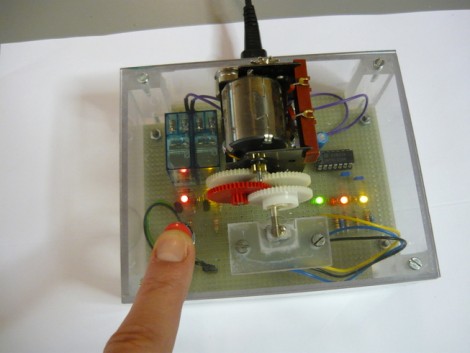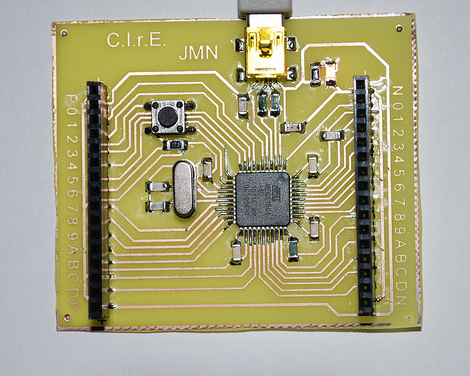
[Tim Higgins] picked up an old pachinko game at a garage sale for his wife, but it ended up sitting unused in the garage for a few years. When he finally dusted it off, he decided that he wanted to restore and build a nice cabinet for it, though he thought the idea was a bit lame.
He says he likes to use some sort of CPU in his projects, and even though it was overkill, he made it his goal to add some sort of microprocessor to the game. He didn’t want to ruin the original aesthetics of the machine, so he decided that he could use an Arduino to drive a rewards system for skilled pachinko players.
Using some PVC pipe, he built a treat hopper which is controlled by the Arduino. When the player wins, the microcontroller triggers a small hobby servo, which dispenses gumballs/candy/etc.
[Tim] says that his wife loved the gift, and he was quite pleased with how it came out as well. Hit up his blog for additional build details and be sure to check out the photo slideshow of the restoration that we have embedded below.
Continue reading “Old Pachinko Game Tweaked To Add A Reward System”
















